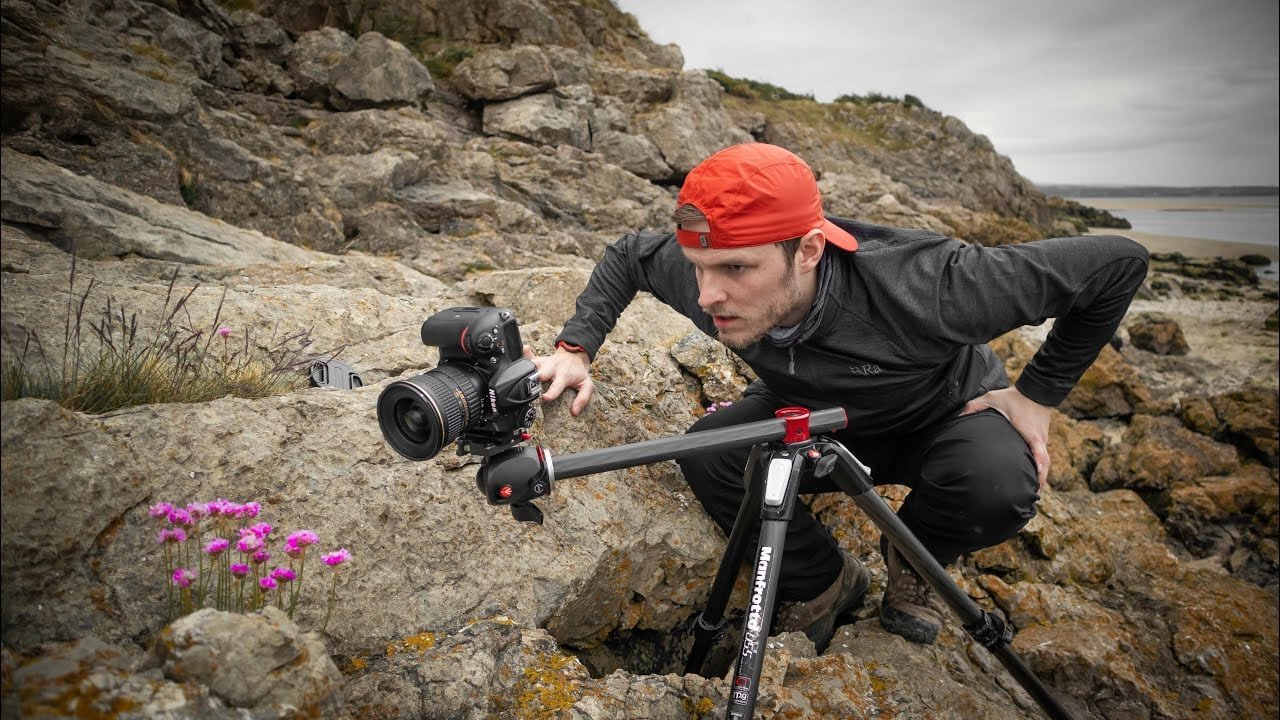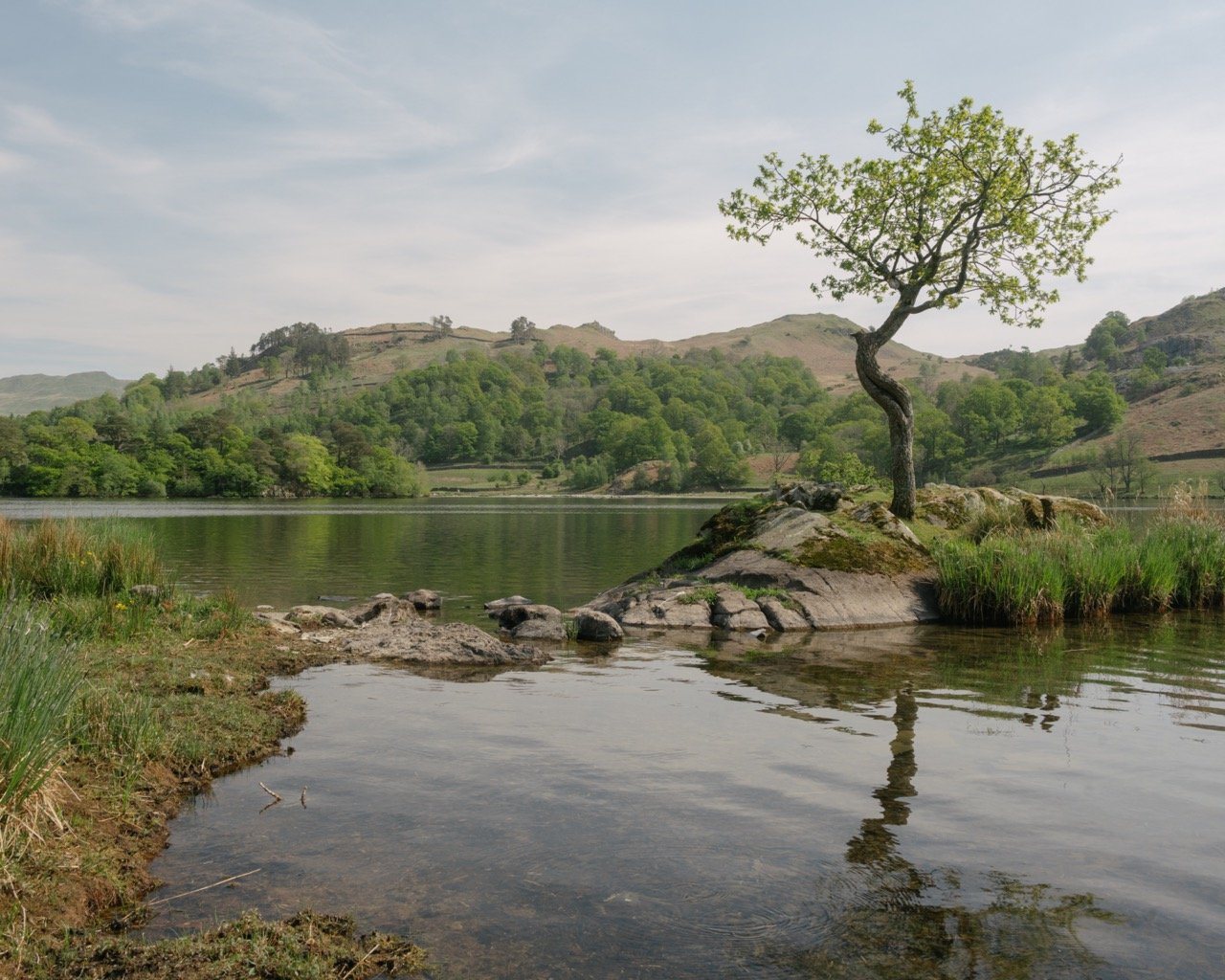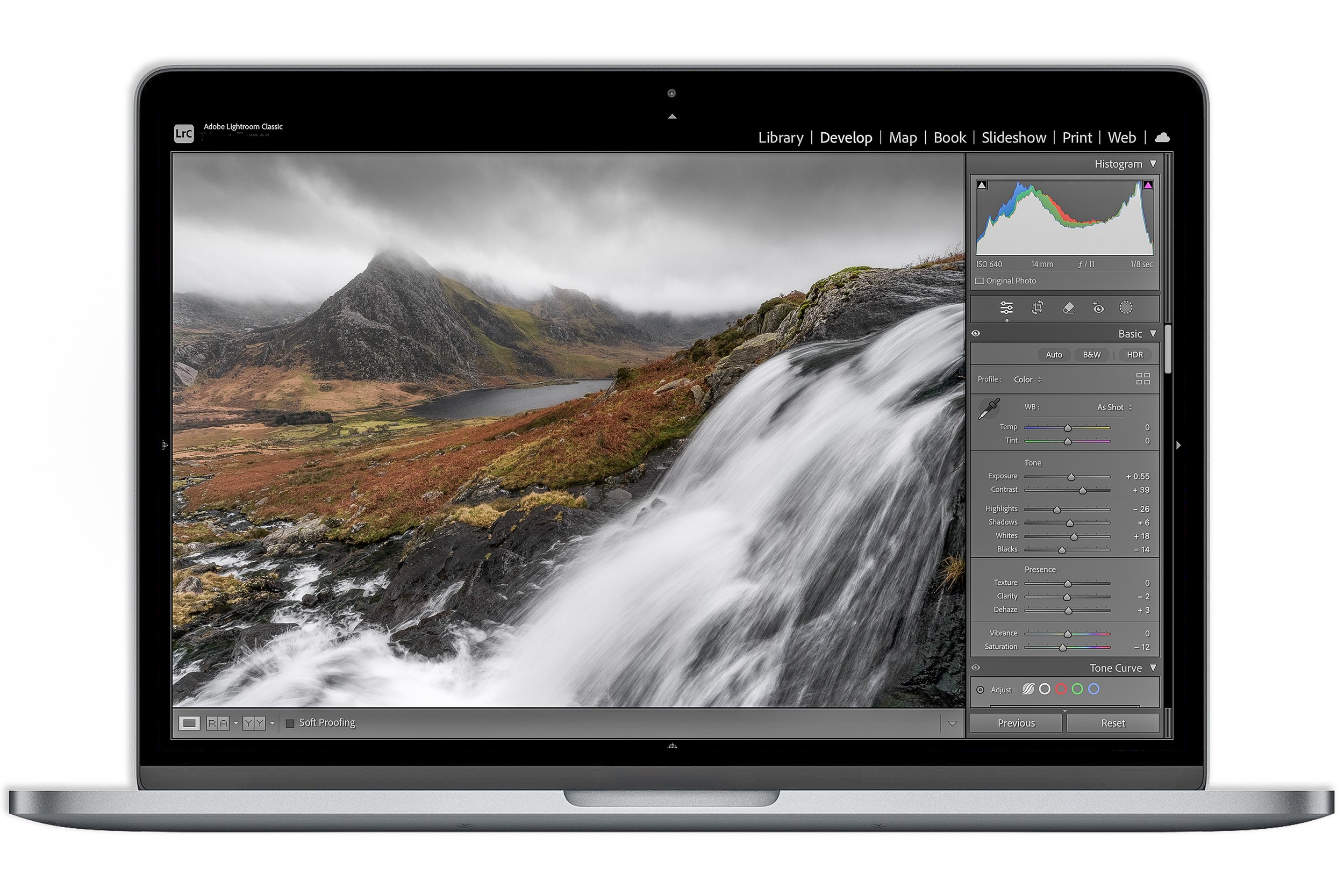Landscape Photography Mistakes I Wish I’d Stopped Sooner
Landscape Photography Beginner Mistakes
When you’re new to photography, you want to get everything right.
Manual mode. Tripods. Golden hour. You hear it all. And it all sounds essential.
But not every bit of advice fits every photographer. Some tips help early on. Others become obstacles.
In this blog, I’m sharing five habits I used to follow. I don’t think they’re wrong. But moving past them helped me grow.
Let’s start with the first.
1. I Don’t Always Shoot in Manual Mode
Manual mode gives you full control. That’s the appeal. And when I started, I thought it was the only way to be a ‘real’ photographer.
But now? I often use aperture priority. Probably half the time.
Here’s why.
I pick my aperture. Usually around f11. I let the ISO float within reason. The camera chooses the shutter speed. That leaves me free to focus on what really matters. Composition.
If I need consistency, like when shooting a panorama, I’ll switch to manual. It still has its place. But I don’t default to it anymore.
It’s not about being lazy. It’s about staying focused. Simpler settings give me more headspace to think creatively.
If you’re still working out exposure by the way, this might help: How to Master Perfect Exposure in Landscape Photography Using the Histogram.
Shooting in aperture priority on my OM System OM-5. Check out the gear I use.
2. I Don’t Default to Shooting Wide
This one took me years to realise.
When you see a stunning view, your instinct is to go wide. Capture it all. Cram every detail into the frame.
But wide angle lenses come with a risk. They pull everything in. Including all the distractions.
I used to grab my 14-30mm Nikon lens without thinking. Bang. Job done. But more often than not, I’d get home and feel underwhelmed. No real subject. No story.
Now I slow down. I ask myself what I’m actually trying to say with the image. Then I pick the focal length that suits the idea.
— “Wide angle shows the scene. Longer focal lengths show your vision.”
Sometimes that means going long. Cropping in. Leaving things out on purpose.
And when I do reach for the wide lens now, I use it differently. I get close. I look for foreground. I try to build depth.
The gear’s the same. The mindset isn’t.
If you’re looking for beginner landscape photography tips, start with how you use your lenses. That shift changed everything for me.
I worked on these tiny bluebells, honing in on the subject rather than just shooting wider without much thought. OM-5 & Pana Leica 12-60.
3. I Don’t Expect to Use a Tripod Every Time
I used to bring the tripod out by default. Every single time. Even if the light was bright. Even if I had image stabilisation.
Now? Not so much.
Sometimes I shoot handheld all day. Especially in good light. Especially when I want to move fast.
Again, it’s not about laziness. It’s about intent. A tripod can help you slow down. It can help you refine. But it can also get in the way.
I still use mine plenty. Especially in low light or when I want everything dialled in. But I don’t feel like I have to anymore.
So, do I need a tripod for landscape photography? Not always. Let the shot dictate the setup. Not the habit.
Also, if you struggle with sharpness with or without a tripod, make sure you grab my free Sharp Landscape Photography Guide. It walks you through how to get sharp results every time.
About 50% of the time now, I shoot handheld. Because, why not?!
4. I Don’t Chase Sunset Colour Like I Used To
There was a time when I was obsessed with colour in the sky. I’d hike miles for the chance of a pink cloud. I’d stare at the forecast, hoping for that perfect burn.
But over time, my focus shifted.
Now I care more about how the light hits the land. The drama in the shadows. The way it filters through trees or brushes across a hillside.
Sunset colour is fleeting. Sometimes it doesn’t show up. And when it does, it’s often above you. Not where your camera’s pointed.
— “Light on the landscape lasts longer than light in the sky.”
Golden hour. Blue hour. Low angled light just before the sun dips. That’s what I look for now. That’s when the land comes alive.
The colour’s still nice. But it’s not the goal anymore.
And if you’re wondering how to get better at landscape photography, start by looking at how the light interacts with the land. Not just the sky.
It’s not always about the colourful sunsets. This image was taken in the middle of the day. I made the most of the light that streamed in from the right hand side.. Nikon Z7 & Nikon 24-200.
5. I Don’t Expect Every Shoot to Be a Success
This might be the biggest shift of all.
There was a time when I felt I always had to come back with a keeper. Every outing needed a portfolio shot. If I didn’t get one, I’d beat myself up.
Now? I just enjoy the process.
Some of my best moments with a camera never made it to Instagram. They were quiet. Peaceful. Full of light and stillness. And maybe the photo was average. Who cares?
Growth as a photographer means learning to see beyond the outcome.
If the photo’s great, brilliant. If not, you’ve still been out. You’ve still seen something special. And maybe next time, the light will do its thing!
That shift in mindset has been everything. It makes photography fun again.
Final thoughts
If you’re trying to improve your photography, don’t be afraid to let go of what no longer serves you.
Some habits are useful early on. But that doesn’t mean they’re permanent.
Trust your instincts. Enjoy the process. Keep shooting.
If this shift in mindset resonates with you, you might also enjoy my blog: Chasing Image Quality: A Landscape Photography Adventure in the Lake District. It explores the balance between enjoying the moment and creating strong photographs.
Popular posts:













